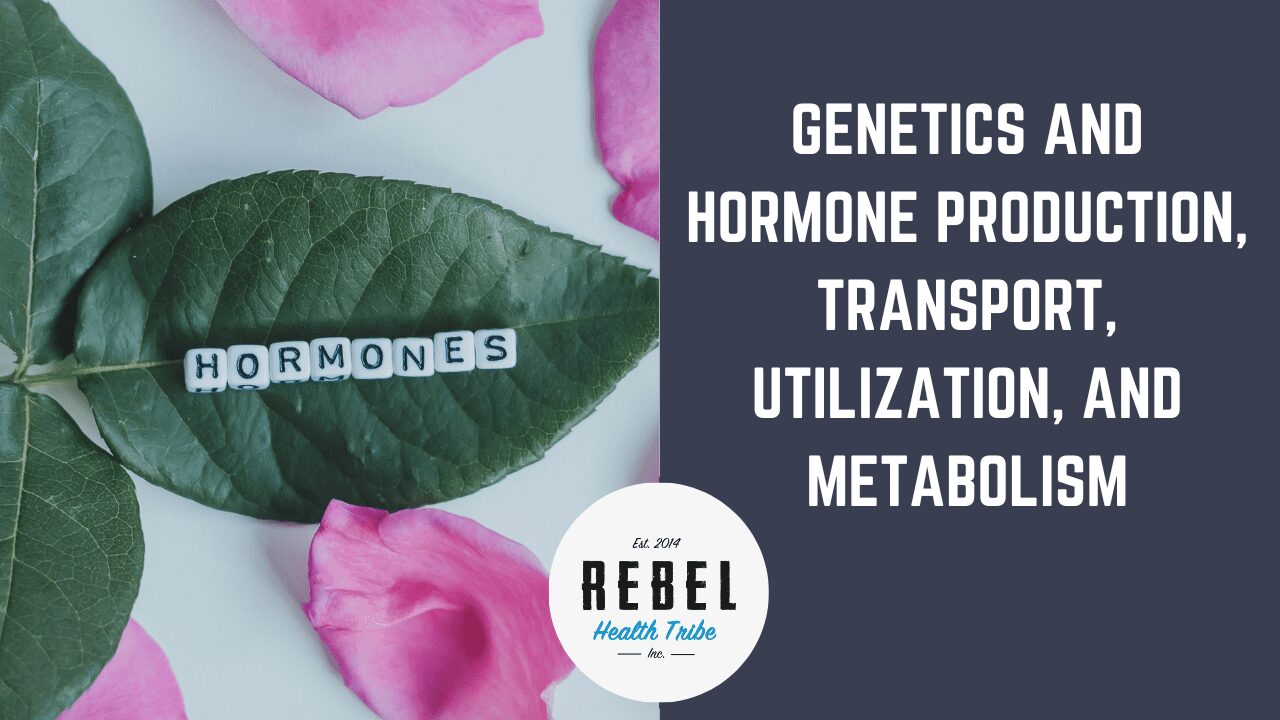
Genetics and Hormone Production, Transport, Utilization, and Metabolism
Our genetics play a larger role in our hormones than
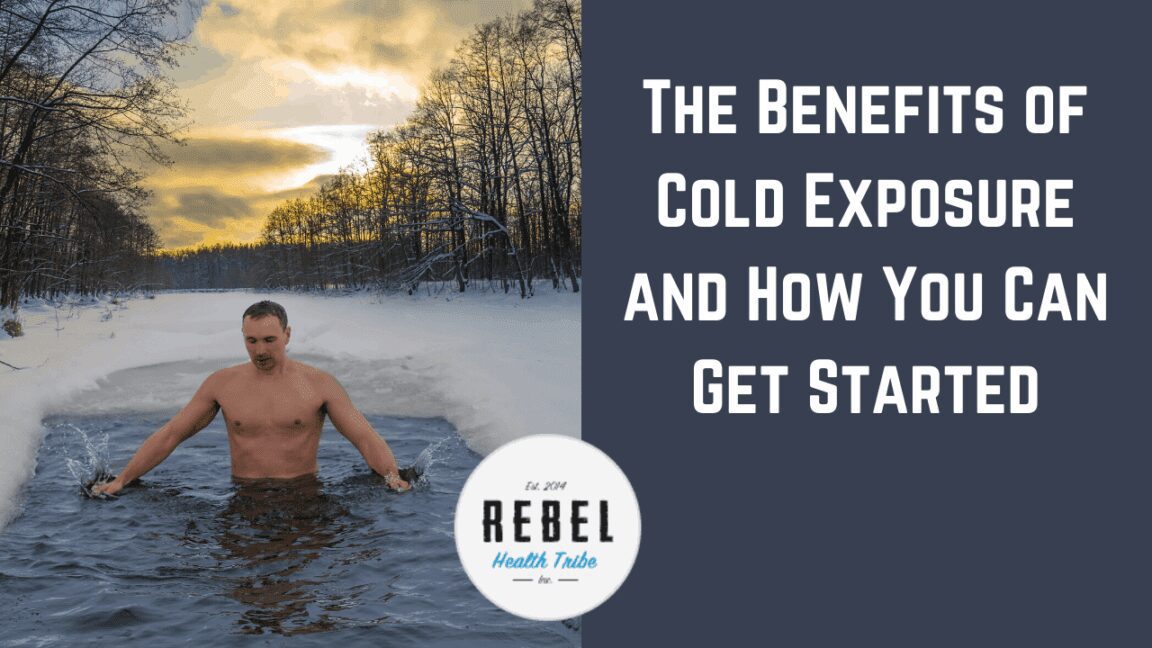

Our genetics play a larger role in our hormones than
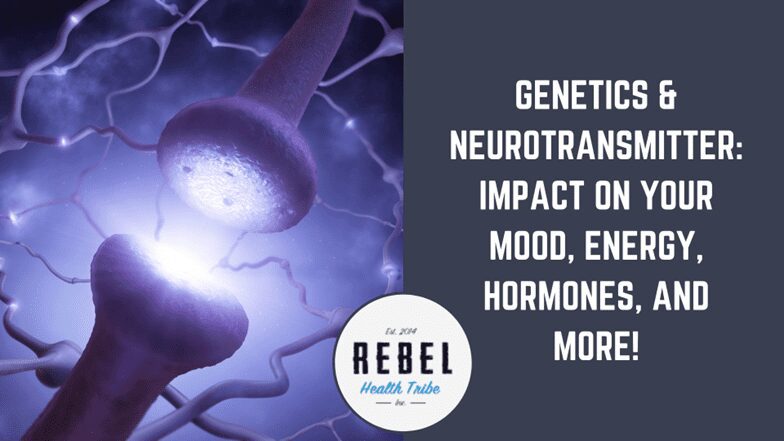
Have you wondered why an antidepressant didn’t work for you?
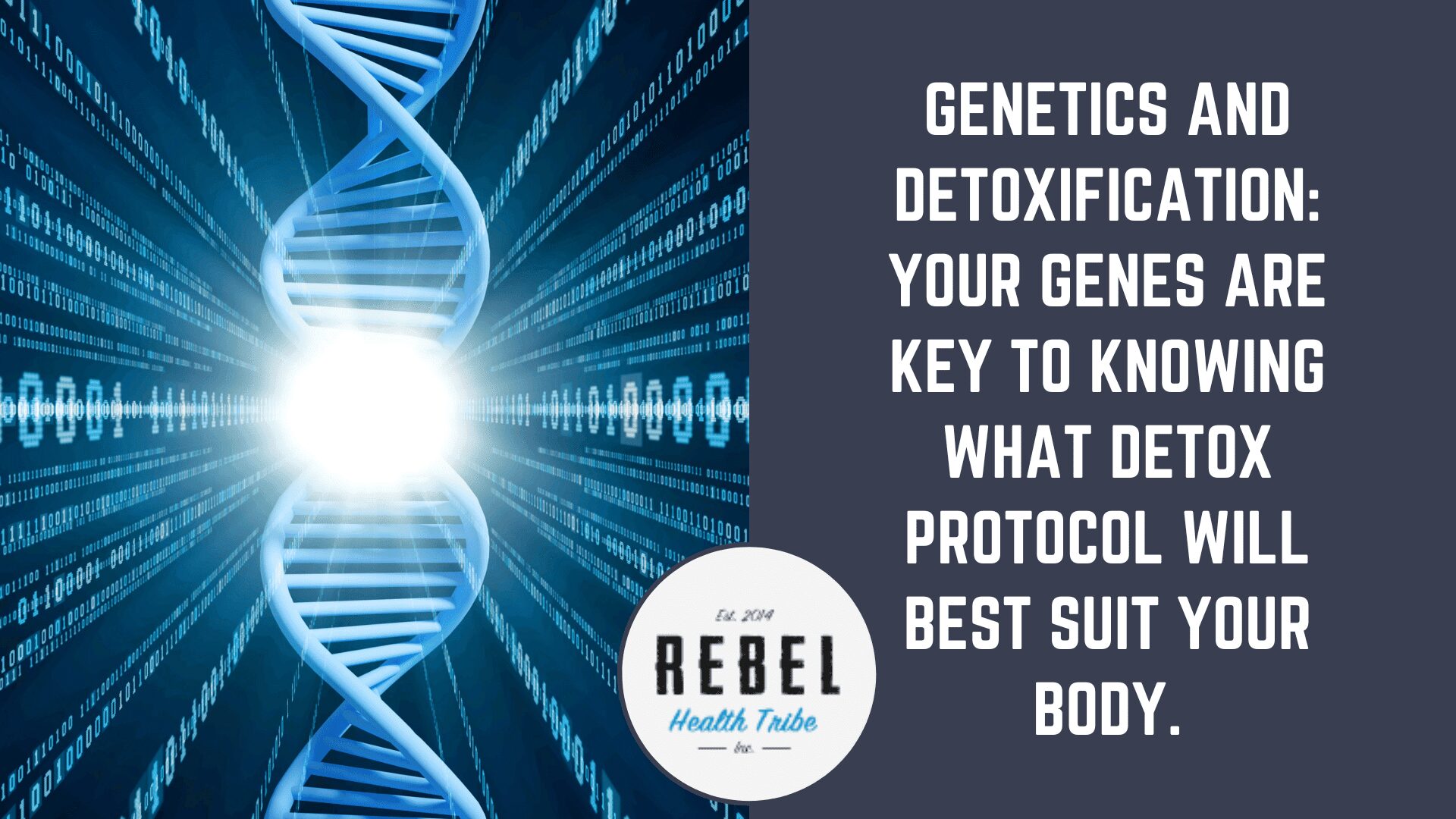
https://vimeo.com/821487331 If you’ve ever bought a detox kit off
When was the last time you allowed yourself to be cold? I mean really cold? Learn the benefits of cold exposure
If you live anywhere near us, it’s that time of year when cold weather is a fact of life. While many eagerly await the spring and dream of the delayering of clothes coming in the summer, there’s a huge advantage to winter.
Yes, cold is our friend.
Short bursts of cold exposure have been shown to support brain health, heighten immune function, improve body composition, boost metabolism, reduce inflammation, aid in better sleep and increase exercise performance and recovery.
Like our ancestors for thousands of years, dealing with a little discomfort and the need for our body to adapt, can be an amazing health boost. In modern fancy science terms, cold thermogenesis is the phrase we use to describe embracing the value of being cold.
Most of our time on Earth has been spent in close connection to nature. Experiencing the changes in seasons and living in harmony with the cues and changes of the natural world. This is how we thrived.
Modern living has many benefits but perhaps having too many has come with a cost?
Electricity only became a household phenomenon 150 years ago and since then we’ve incorporated many other comforts into our daily lives:
These and other comforts simulate an “endless summer” effect.
While all these conveniences are great and make life easier, they not only disconnect us to the natural rhythms of nature but may also be making us more fragile.
In fact, the Nobel Prize in Medicine for 2017 went the researchers who spent 30-years researching this – how living in tune with the seasons and with the light and dark cycles of the day, our circadian rhythm, is crucial to our overall health, dis-ease prevention, and healing.
There are many things to help get you back in sync with the natural rhythms of nature, improve your health and build resilience, but today, we’re going to talk about one: being cold.
Some people call it cold therapy or cryotherapy or cold adaption but they all speak to using cold to improve well-being.
Hormesis: Good Stress
Cold thermogenesis is the practice of subjecting your body to cold temperatures via cold air (cryotherapy or going outside in the winter) or cold water immersion (getting into an ice tub or cold body of water) in order to stress the body.
You may be wondering why you’d want to add more stress to your life?
Most people hear the word stress and think about negative stress, called distress which can be or result in:
To name a few. When chronic these stressors (and others) can tax the body, creating dis-ease.
Going back to how we evolved ancestrally, there’s also something called eustress, which is a good type of stress that, when done in the right doses with short-term exposure, benefits the body.
This can also be called a hormetic stressor.
Dr. Rhonda Patrick explains hormetic stressors like this “they serve as a shortterm stressor that can trigger cellular responses in the body that exceed what is actually needed to compensate for the otherwise damaging insult. In other words, at the right dose, even things that can be harmful at higher doses can trigger a net gain in resilience.”
Not sounding too bad now, right?
Forms of hormetic stressors are fasting, exercise, heat therapy (sauna sessions) and getting cold.
The bottom line is that going beyond convenience and your comfort zone leads to good things.
We want stress in our lives, not too much and the right kind.
Here’s an analogy:
A tree that never gets the stress of wind on its trunk never grows strong and is highly susceptible to snapping when the first windy day arrives. We are like trees. We want some stress. The right kind of stress that is beneficial. It is the right amount of the right kind of stress to make us more resilient.
Hormesis can improve our body, brain, immune system and even, perhaps, our spiritual well-being.
Okay, I’m sure you are about to stop reading, grab a warm tea and blanket, sit by the fire and dismiss me as a crazy Canuck who leaves in an igloo. I might be a little crazy (my family tells me it’s in a good way) and my igloo is quite nice with running water, windows, wood floors, and electricity but before you run away to your warm place, let me quickly list some benefits of cold thermogenesis.
Benefits of Cold Exposure:
Cold Feels Good
I will say this, as someone who has practiced all the above methods of hormesis, none feel as good as cold water immersion.
In her paper titled Cold Shocking the Body: Exploring Cryotherapy, ColdWater Immersion, and Cold Stress, Dr. Rhonda Patrick explains how cold exposure induces a “robust increase in norepinephrine” which can increase vigilance, focus, attention, and mood, as well as improve oxygen delivery, blood circulation, antioxidant function, reduce pain and inflammation.
Norepinephrine is a hormone and neurotransmitter that boosts the sympathetic nervous system function in the brain and body. It also has profound effects on pain, metabolism, and inflammation.
Cold exposure increases the release of norepinephrine in the blood by up to 2-3 fold.
This is good news since low levels of norepinephrine are associated with depression, inability to focus, decrease in cognitive ability, low energy, and poor mood.
It’s no wonder I can go into the ocean feeling down, grumpy and low in energy and emerge a new person – happy, relaxed and revitalized.
Of course, cold exposure isn’t for everyone. There are contraindications, the main one being a preexisting heart condition, and there are the considerations of the other stressors in your life.
WARNING: If you have a serious health condition, consult a physician before jumping into cold thermogenesis. Stop if you get light-headed or a pale pink to white skin color.
I’ll be frank and say it’s often a mental game. We’ve been told since we were little to dress for the cold, wear a hat, etc. It’s intimidating to enter into cold water only wearing a bathing suit but let me tell you, once you do it, you’ll feel unstoppable.
Take away – cold exposure in the form of cold immersion makes you feel great. Every. Single. Time.
Turning WAT to BAT: AKA Fat Loss
A very popular effect of regular bouts of cold exposure is the fat loss aspect. Ben Greenfield talks about this at length and uses cold plunging (paired with fasted cardio) as a sure method for weight loss.
There are many reasons this happens when you expose yourself to the cold. One reason is that exposing the skin to cold causes the hypothalamus to message subcutaneous fat cells to die (a process called apoptosis) without any damage to the skin or muscles.
Cold thermogenesis also transforms WAT to BAT. WHAT? You say. That’s white adipose tissue (WAT) being changed to brown adipose tissue (BAT) which in English means the bad, dangerous fat turns to fat that can be used for energy and warmth. BOOM!!
Brown adipose tissue is found around the collar bones, sternum, neck and upper back. It’s the kind of fat that can generate heat by burning the regular white fat that you commonly find around your stomach, butt, hips, and legs.
Not only does it aid in fat loss but it also keeps you warmer.
Regular exposure to cold temperatures increases your levels of brown adipose tissue which generates heat and keeps you warm.
I’ve seen this with myself and with other women that I regularly cold plunge with.
We’ve all gone from experiencing that feeling of ‘always being cold.’ You know the one – where multiple layers are always needed, warm socks, jacket, blankets, etc, to being able to generate body heat throughout the day. It’s quite amazing!
Take away – Using the cold as a mild stress shifts the metabolism into fat-burning mode.
Reducing Inflammation
Inflammation. It’s been claimed to be the base of many diseases and one of the key drivers of the aging process.
Did you know the suffix -itis means inflammation?
We’ve all heard that term (and many of us may have been diagnosed with a disease that ends with) – itis:
Arthritis – Inflammation of the joints
Colitis – Inflammation of the colon
Dermatitis – Inflammation of the skin
Ankylosing spondylitis – inflammation of the spine and the sacroiliac joints, etc.
Inflammation is a natural response and something we need to survive. Dr. Rhonda Patrick explains that the purpose of inflammation in the body is to “eliminate the initial cause of cell injury, clear out dead cells and tissues damaged from the original insult and the inflammatory process, and to initiate tissue repair.”
But, when that process runs amiss, when there are glitches in the immune system and inflammatory pathways, trouble begins which often results in a diagnosis of a dis-ease.
Once again the powerful release of norepinephrine is associated with a reduction of inflammation.
Low doses of cold exposure via cold immersion or cryotherapy, can strengthen your immune system by increasing white blood cells and immune cells.
Exposure to cold temperatures also releases adiponectin, a protein that combats inflammation.
Take away – Cold exposure can help reduce inflammation and boost immune function.
Becoming Cold-Adapted for Cold Thermogenesis
Now, let’s get to the process. Note: some people will take longer to cold adapt and have to deal with some sensitivities that might require more gradual and careful progressions.
Also, women might take longer to become cold-adapted but there are tips that can aid in speeding this up (mentioned later).
Woman And Cold Adaptation
I organize a women’s Saturday morning exercise and cold plunge in our local community and I must say that we’ve come a long way in our cold plunging since we started. We’re plunging throughout the winter and many of us have experienced a better ability to produce body heat, have lost fat and experience an overall feeling of well-being.
You might be surprised but what you eat can help with cold thermogenesis. Before going for it…
Smart Steps to Gradual but Effective Cold-Adaption
1. Face First:
2. The Ice Chest:
3. The Skinny:
4. The Plunge:
5. The Drink:
It takes about two weeks to cold adapt and months to a year to use cold thermogenesis to increase athletic performance vis a vis Michael Phelps and Lance Armstrong.
There’s a lot of science backing up the benefits for mitochondrial health, autophagy, apoptosis, leptin and insulin sensitivity and other evolutionary precedents for the value of cold thermogenesis. I’m not going to list them here because this is a quick guide but it works and the studies are starting to pile up (I included two for your reference at the bottom of this article).
Cryotherapy vs Cold Water Immersion: Is there a difference?
Three Factors that Differentiate Cryotherapy from Cold Water Immersion
Cryotherapy clinics are popping up more and more these days. Becoming popularized by biohackers, celebrities, and elite athletes, cryotherapy is another way to embrace the magic of the cold.
Cryotherapy is a cold treatment where a person steps into an extremely cold liquid nitrogen cooled room or chamber for a few minutes (2-4 minutes) where they are exposed to temperatures ranging from -166°F/-110°C to -220°F/-140°C and going as low as -289°F/-178°C!
Similar to cold water immersion, cryotherapy can be delivered to just one area of the body or as a whole-body experience.
There are some differences between cryotherapy and cold water immersion that are outlined in the paper Cold Shocking the Body: Exploring Cryotherapy, ColdWater Immersion, and Cold Stress, three things to think about include:
Thermal conductivity:
Ice has the greatest capacity for sucking the heat out of your body and there are no shortages of #icebaths out there. If you see any photos of Wim Hoff’s workshops, you’ll find a dozen people cozied up in a small pool filled with ice and water.
Cold water is the next best conductor and air is the third.
Looks like cold water immersion wins this one.
Exposed body surface:
When it comes to cold water immersion, you have to take into account how much of the body is submerged in the water (except the head). Obviously, the more surface area submerged equals better results when it comes to health benefits. But, you may have seen an athlete soaking his/her ankle in an ice bucket too.
With cryotherapy, most centers offer a whole-body treatment (except the head).
I’ve never experienced cryotherapy but it seems like an easier way to get the whole body exposed with the least amount of discomfort.
Temperature:
We’re going for the temperature difference between your body temperature and the temperature of what’s being used to grab the heat out of you.
Cryotherapy wins this one with the ability for temperatures to go as low as -289°F/-178°C!
A Contrast Shower Challenge to Get You Primed
If you’re new to cold therapy you might want to start with a contrast shower and work your way up to a cold shower and then a cold plunge.
Your circulation can be given a tremendous boost by taking a shower and alternating the flow of water from hot to cold, back and forth. The result is invigorating and extremely healthful.
Benefits of a hot/cold shower:
Benefits of hot water:
Benefits of cold water:
Benefits of experiencing them together (alternating hot/cold):
When your body is exposed to cold external temperatures, the flow of circulation is directed inward toward the internal organs. When the outside temperature gets hot, the flow of circulation goes outward toward the skin.
Alternating hot and cold makes circulation move in and out (picture an accordion), increases the rate of detoxification and moves nutrients more readily to various parts of the body.
How to do a hot/cold shower:
You want to work up to 8 rounds of alternating 20 seconds hot, 20 seconds cold.
Day 1 starts off with 2 rounds of hot/cold temperature. You have to experience a second round of cold water exposure because the first is always the hardest.
Day 2 aim four rounds of hot and cold water for 20 seconds each.
Day 3 you’re going for 6 rounds of hot and cold water for seconds each.
Day 4 you’ll be doing 8 rounds of hot and cold water for 20 seconds each.
Day 5 you’ll be hitting the 8x hot and cold water sessions for 20 seconds each.
From here you can start to increase the amount of time you spend in the cold water and reduce the amount of time you spend in the hot water. You may even get down to just having a cold shower!
Final tip, have fun with it and enjoy the process. It’s not easy but it is an exciting journey. It truly wakes you up. Beyond that, you can use breath like Wim Hof or just really master the mental game. You either think you can or you think you cannot, either way, you’re right.
Cool?
Some Resources:
If you get fatigued, flushed, or foggy after eating, HistaHarmony,...
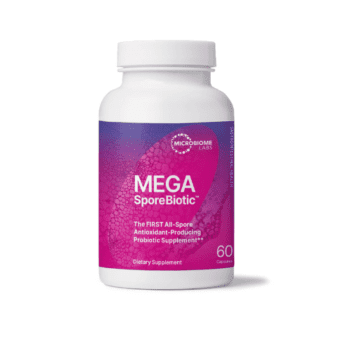
MegaSporeBiotic™ is a 100% spore-based, broad-spectrum probiotic shown to be...
MegaSporeBiotic™ Gummies are a 100% spore-based proprietary probiotic blend that...
MegaMucosa is the first complete mucosal support supplement of its...
An Exclusive Course with 10 Years of Microbiome
If you’ve ever wanted all of Kiran’s best
The toxicity and Detoxification Masterclass covers a wide
19 Leading Experts Share Cutting-Edge Science, Effective Practices,
Autoimmune Masterclass brings together 17 of the world’s
If you get fatigued, flushed, or foggy after...

MegaSporeBiotic™ is a 100% spore-based, broad-spectrum probiotic shown...
MegaSporeBiotic™ Gummies are a 100% spore-based proprietary probiotic...
MegaMucosa is the first complete mucosal support supplement...
An Exclusive Course with 10 Years of Microbiome Knowledge Build Your Resilient Gut: Microbiome & Beyond with Kiran Krishnan is the
If you’ve ever wanted all of Kiran’s best content in one place, here they are! These are the exact trainings
The toxicity and Detoxification Masterclass covers a wide array of topics with the following guests: 1. Lara Adler, Environmental Toxins
19 Leading Experts Share Cutting-Edge Science, Effective Practices, and Clinical Strategies to Optimize Brain & Nervous System Health in Kids